Looking for the best podcast editing software? You’re in the right place. In this article, you’ll find the best audio editors for your show, from free tools to advanced pro options.
Do you actually need to edit your show? Yes, and that’s for a very simple reason: No one records perfect audio. Not even the pros.
You might have a great podcast recording space and a perfect microphone, but you will still need to cut out mistakes, remove some hiss or background noise, and adjust volume levels. You may decide to improve the sound of your voice with a little compression, as well.
Let’s look at our favorite podcast editing tools!
The Best Podcast Editing Software
Start the search for your preferred podcast audio editor with these choices.
1. Audacity
Audacity is a free open source audio editor that works on a PC, Mac, or Linux devices. It’s been around since 2000. It doesn’t have all of the high-end features of other podcasting editing tools, but it’s a great app for beginners or seasoned veterans. And you can’t beat free.
With Audacity, you can remove annoying background noise, normalize audio, and adjust your levels. You can also edit multiple tracks, cut out pauses and unwanted sounds, and add music, along with intros, outros, and ads.
Audacity can be used to cut, splice, edit, and convert sound files into different file formats. There are also numerous effects that can be added using audacity and there are a number of available plugins to make using it easier.
You can also use Audacity to record your audio from the very beginning, thereby keeping everything in one place. So it really could be used for all of your podcasting needs, and it is the tool used by many people. Especially, at the beginning of their podcast adventures.
It’s not perfect, however. Audacity doesn’t come with some features you would find in premium software. For instance, it lacks automation features, so you’re forced to edit each audio file manually. It also lacks publishing capabilities, so you have to manage your files manually after editing them. If you intend to grow your podcast big, you’ll probably graduate from Audacity at some point in the future.
Nevertheless, we recommend it to all new podcasters to help them get recording and editing right away. It’s free, functional, and well established. Since it’s free, there’s a massive community of users and plenty of free tutorials and videos to help you learn.
2. GarageBand
GarageBand is a free digital audio workstation for Mac. It’s a great choice for first-time podcasters, though experienced audio engineers often use it as well.
With GarageBand, you can create separate tracks for multiple speakers, or mix in music, sound effects, ads, intros and outros, and more. You can access all of the basic podcast editing features to produce high quality sound without background noise. Since GarageBand is Mac exclusive, you can even add tracks to your recordings from an iPhone or iPad.
Additionally, the interface comes with many built-in features that save time, like pre-recorded loops and synths to quickly create background music. One thing we love about GarageBand is that it’s simple to figure out. The learning curve isn’t steep at all.
3. Hindenburg
Hindenburg creates audio software for radio which consequently is very close to audio software created for podcasters. While many other professional audio editing software programs are created with music production in mind, this software is created for what we need it to do: making great sounding spoken audio productions.
You can get a free 30 day trial to check it out and they have a ton of guides and tutorials to get you started. It has full level features without making things overly complex. Journalist is their entry-level offering that costs $95. Journalist Pro HABC Narrator cost $375 and $500 respectively
One of the worst audio quality offenses of podcasters is having uneven sound levels. This is where one voice is too soft and one is too loud. This leaves the listener with always having to adjust the volume to hear both speakers without it being too loud. Hindenburg has an extremely effective auto-leveling function. The software will take the basic audio elements and place them at appropriate levels from start to finish. This alone makes the editing process much easier.
Another nice feature is the voice profiler. This is where the software applies EQ and compression to a voice and automatically optimizes the sound. If you have ever spent hours messing with EQ settings, then you will appreciate this function. The Pro version has a built-in Skype recorder and has a built-in one-click publish function. As time goes on it’s likely we’ll hear more about this great audio software option.
4. Descript
Descript is an all-in-one audio and video editing platform that’s a bit different from other podcast editing apps. Descript transcribes your dialogue as you record. It’s very accurate. You can edit the sound file by editing the transcription. If you delete a sentence, Descript slices out that piece of audio. There’s also a feature called Filler Words Pro which automates eliminating “ums” or “uhs.”
Like most podcast editing software, Descript lets you add in multiple tracks for other speakers, music, effects, and anything else. There are tutorials for all of this.
Descript also offers Overdub, a remarkable feature that lets you copy and paste a text document into the editor, select an Overdub stock voice, and produce instant dialogue. You can create a pre-recorded voice based on your own voice for Descript to insert into the audio. For instance, if you weren’t happy with a particular sentence, you could type the sentence into Descript’s editor and it will appear in the audio file in your own voice. (You have to spend some time training Descript how to use your voice first.)
Descript offers several affordable plans for creators, including a free option that’s capped at three hours of transcription, but still offers full audio editing, unlimited screen recordings, and a trial of Overdub. We strongly recommend following the tutorial because the workspace looks different than most DAWs. It’s an audio editor and a Google Doc.
The major drawback to Descript is that it doesn’t yet have all of the major audio editing features that experienced audio engineers need. But for new podcasters, it can be a powerful tool to simply record and do some basic editing.
Tip
Descript and Castos work together! With our Descript + Castos integration, you can publish right after editing.
5. Adobe Audition
Adobe Audition is a full-featured digital audio workstation (DAW) used by many professional and amateur audio engineers. When it comes to podcast editing software, Audition may be the best of the best. You can add music, segues, fades, use plugins, create templates (and run them as automated scripts), customize your work area, and experiment with all Audition has to offer from text-to-speech to effects.
Audition is known for its excellent noise reduction features and advanced audio track restoration and compression. It also offers batch-processing capabilities, which means you can apply the same effect to multiple files at once. (That’s a big time saver.)
Audition is part of the Adobe Creative Cloud plan where you can get an entire suite of Adobe apps for around $50 a month or one app for around $20 a month. There is also a free trial available. You might find many of the other Adobe tools useful for your podcasting tech stack.
One nice thing about the subscription-based service is that you always get the latest version of the software. Updates are free and automatic.
Like most Adobe products, there is a learning curve due to the variety of advanced features. Adobe provides many helpful tutorials. There is a big community of users, so you shouldn’t have trouble finding tutorials and tips for this podcast editing software.
The newest version has guided walkthroughs for things like reducing background noise, mixing audio elements, and producing a simple podcast. So this should actually make things easier for podcasters that are new to this product.
Audition is right for advanced users who already have an established show and need to push their production value to the next level. With a bit of effort, it won’t take long to get basic podcast editing down with Audition. Then the sky’s the limit with this full service audio editing program.
6. Pro Tools
Pro Tools by Avid is another full-production and sound-recording digital audio workstation that’s considered an industry standard. It has any audio editing feature you can imagine, including automated features to save time.
There are three versions of Pro Tools:
- Pro Tools First – Totally free when you register at the Avid website. You will also get access to several quality tutorials for beginners. It comes with 20+ plugins.
- Pro Tools: $35/month or $200/year.
- Pro Tools Ultimate: $90/month or $400/year. Many professionals claim this is the most powerful DAW in the audio industry.
No matter which version you get, they all build on each other and the knowledge you pick up in the free version will help you when you upgrade to one of the paid versions. If you are interested in learning an industry standard DAW, you really can’t go wrong with Pro Tools.
And like Adobe Audition, Pro Tools is always getting better with new features, improvements, and optimizations. If your subscription plan is active, you get updates as soon as they are released.
Like other digital audio workstations, it can take some time to learn how to use Pro Tools, especially if you don’t have much experience with podcast editing software. We recommend trying the free version first to become more comfortable with the application until you are ready to commit to it. Start by learning the basic features and scale up over time.
Whether you want to mix music like the Foo Fighters or get a job in movie or game production, Pro Tools is worth learning. For a really great, in-depth discussion of the different DAW options on the market check out this DAW guide by our friends over at MIDILifestyle.
7. Alitu
Alitu is podcast editing software designed to make the process as simple and easy as possible for non-technical podcasters. You can use it to record your audio, either solo or via remote conversations with guests, which means there’s no need to pay for a separate recorder.
It can automatically improve your audio files by handling the volume levelling and background noise removal. You can create reusable templates and components that make the production process for your show quicker and easier. Like most editing tools, you can add segments (like ads or intros and outros) and transitions.
Does it have all the bells and whistles of Pro Tools and Audition? No, but it’s designed to be simple. This is a great tool for anyone who’s new to podcasting and intimidated by all of the editing software options. If you’re looking for a simple and straightforward tool to use for your podcast and ease-of-use and speed of production are important to you, then Alitu is perfect for you.
Tip
Alitu and Castos work together! With our Castos + Alitu integration, you can publish right after editing.
Our Picks for the Best Podcast Editing Software
How do these quality apps stack up? Here’s how we see things:
The all-around winner: Pro Tools
Pro Tools is the most comprehensive podcasting editing software available. It comes with every feature a podcaster could need, whether you’re new or a professional. The different price tiers (including a free option) make it an attractive buy for podcasters at any level.
The best free podcast editing software: Audacity
Audacity isn’t perfect, but at a free price point, it’s pretty close. You get plenty of features, including all of the ones new podcasters need. This makes it a great tool for beginners who just started their podcast. The online community is a big help too.
The easiest podcast editing tool: Alitu
Alitu is a no-frills editor designed for beginner podcasters. It’s quick, simple, and not bloated with features. You can learn it quickly and produce audio that’s 80% to 85% perfect every time.
The best podcast editing software for advanced users: Adobe Audition
If you’re an audio engineer with years of experience, Adobe Audition is your best option. It comes with absolutely every feature you might need and offers plenty of automation to help you work quickly. It’s the best tool for anyone who plans to spend a lot of time in front of their podcast editing software.
Why Do You Need Podcast Editing Software?
Generally speaking, you will use your podcast editing software for four main purposes:
- Removing background noise. You will need editing software to remove distracting sounds like hisses or hums from the background. It’s surprising just how much noise everyday items can make, like a fan or an air conditioning unit.
- Cleaning up volume levels. Sometimes people speak at different volumes, and while it’s not so disruptive in a live conversation, it can be jarring in a podcast episode. you need podcast editing software to make those volume levels consistent throughout your recording. (That said, you will avoid a lot of this as you gain experience.)
- Cutting stuff out. A key reason you need podcast editing software is to cut out segments of your show that you don’t want to appear in the final version. For instance, if you flubbed a sentence and had to start over, you may choose to cut out the mistake.
- Adding stuff in. Just like your podcast editing software can take stuff out, it can easily slide pieces in. After the recording, you may opt to record a little extra content to bolster a weak section. Or you might tack on an audio clip from the news.
Post-production editing isn’t a magic wand. It won’t solve all of your mistakes. You still need to use good recording practices to make your original audio as quality as possible.
How to Choose the Best Podcast Editing Software
As you’ll see shortly, there are many audio editing products that could help you improve your podcast audio. It’s only understandable that you might feel intimidated by the choice. To make it easier for you, we compiled a short list of factors to consider when choosing a podcast audio editor.
Skill Level and Familiarity: Assess your own level of knowledge and experience with audio editing. If you’re a beginner, look for software that is simple to use and aims at people at your level. As an advanced user, however, you may prefer software with more advanced features and flexibility.
Learning Curve: Consider how much time and effort you are willing to invest in learning new software. This is particularly important if you don’t have much experience with audio editing. Some editing platforms may have steeper learning curves. Others might be more intuitive but might also require a purchase.
Budget: Think of how much money you could allocate to pay for podcast editing software. Some of these products are free, true. But keep in mind that often, you need to expand free software with additional plugins that, most likely, would require a purchase.
Scalability: Consider your future goals for podcasting. If you plan to expand your podcast or increase production velocity, it might make more sense to invest in a higher-end platform right away. Scalability ensures that you don’t outgrow your editing software too quickly.
Features: Naturally, you also want to choose podcast editing software that offers the functionality you need (or, as we discussed above, might need it in the future.) This might include remote recording capabilities, automations, multitrack editing, and more.
Integration with Other Tools: Consider whether you use or plan to use other tools or software in your podcasting workflow, such as recording software, plugins, or hosting platforms. Choose editing software that integrates well with these tools, allowing for a seamless workflow.
With that out of the way, here are the best audio podcast editors to consider.
Tip
Want better audio? Our recording tips are all about creating the perfect recording environment and actionable techniques you can put to use every time you sit down to create an episode.
Going Forward with the Best Podcast Editing Software
As you evaluate different podcast editing software alternatives, you should first consider your skill level. We recommend starting with a simpler application that you can get some value out of right away.
If you try to use something complex, there’s a good chance you will overcomplicate your podcast workflow and add delays into your production schedule. Plus, there’s no sense learning or paying for features that you just won’t use.
Furthermore, use editing software that fits into your schedule. Don’t use an application that will require three or four hours of editing for each episode if you don’t have that much time. Choose something simpler, perhaps with automated features, that you can get through quickly.
The key to audio editing, as with most things, is to just dive in and learn as you go. There’s never been a better time to start a podcast than right now, so get a copy of your new favorite podcast editing software and give it a go.
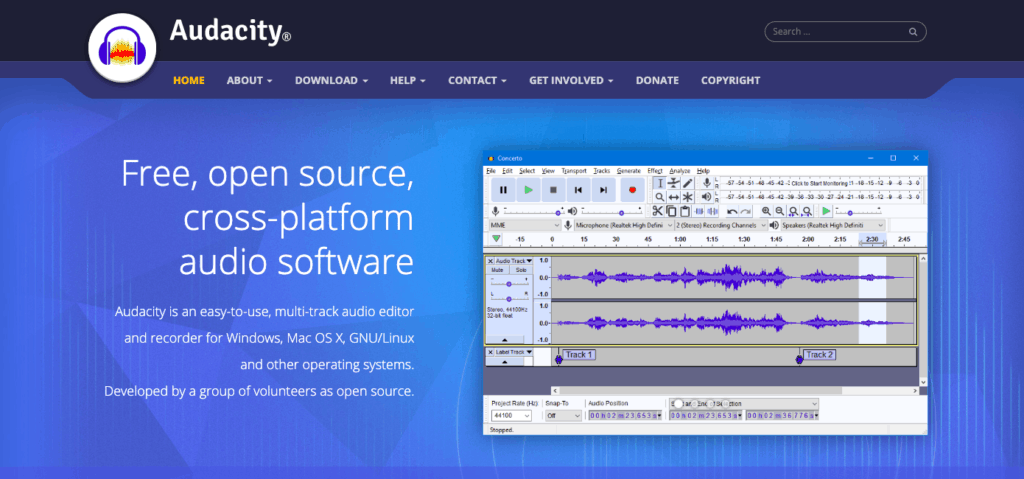
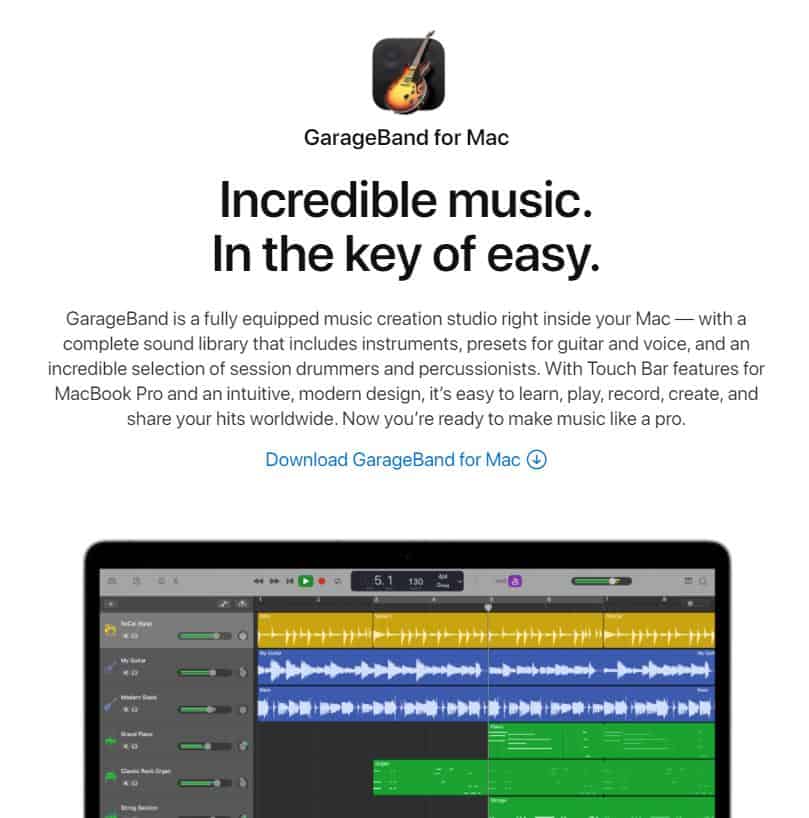
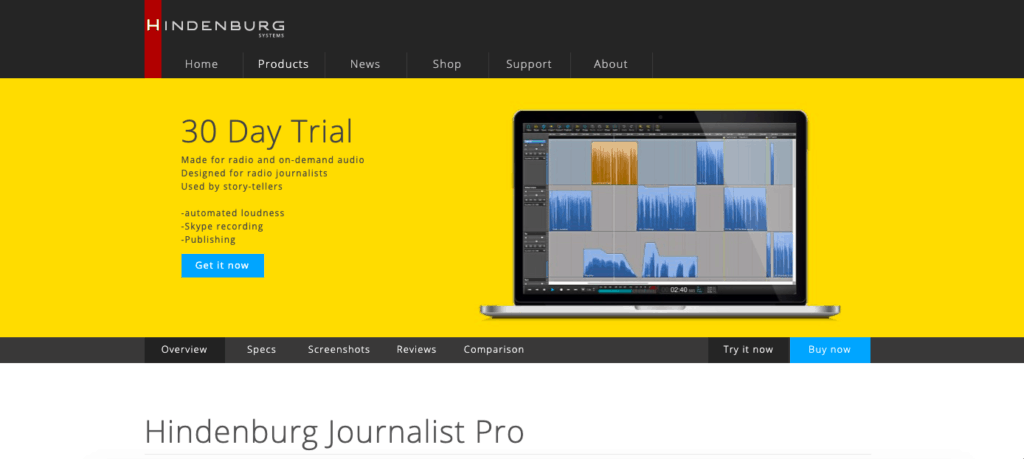
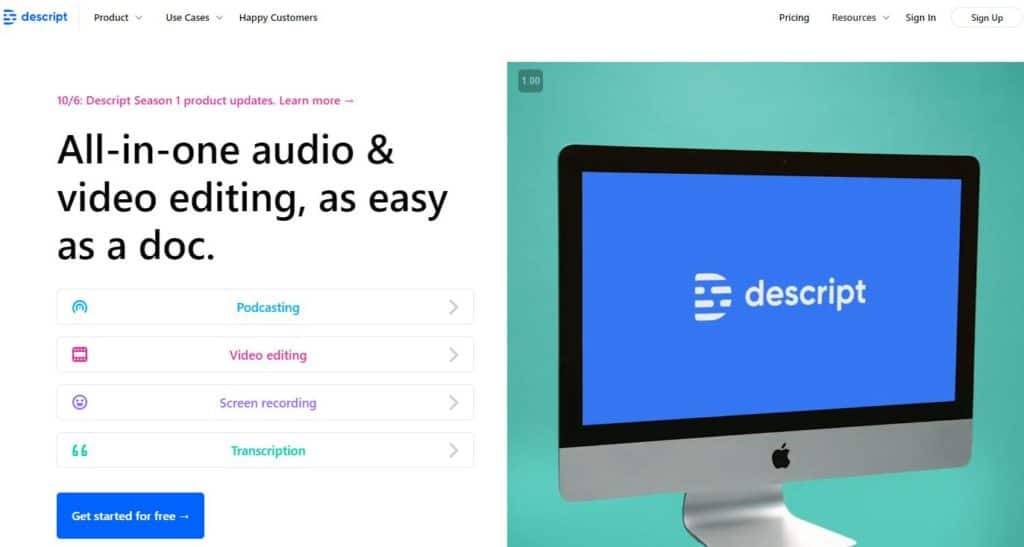

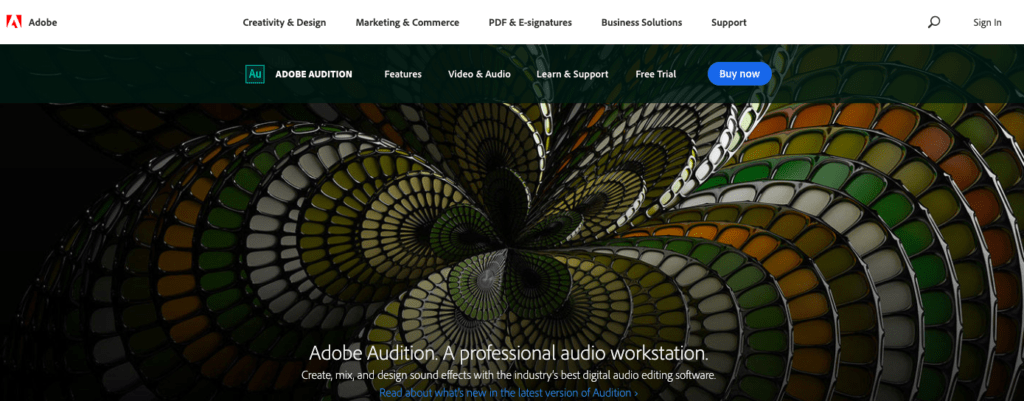
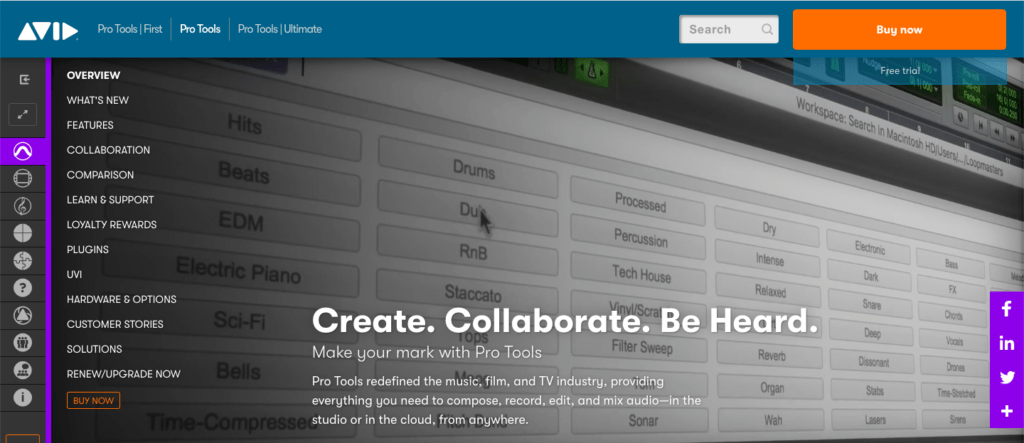
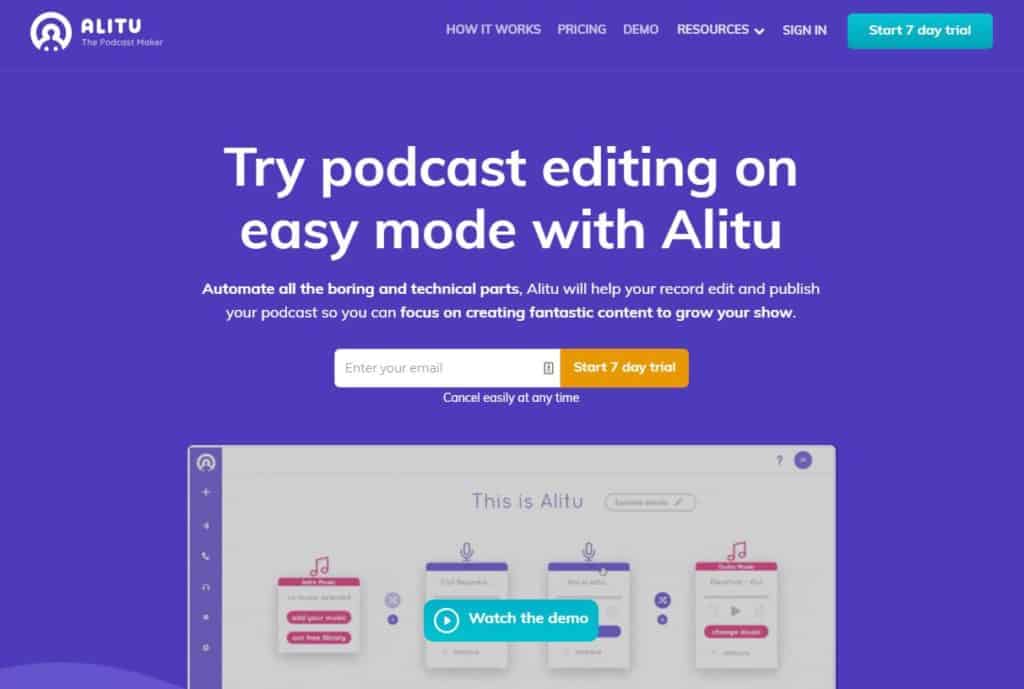

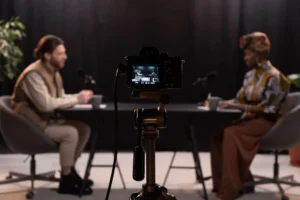


Comments are closed.